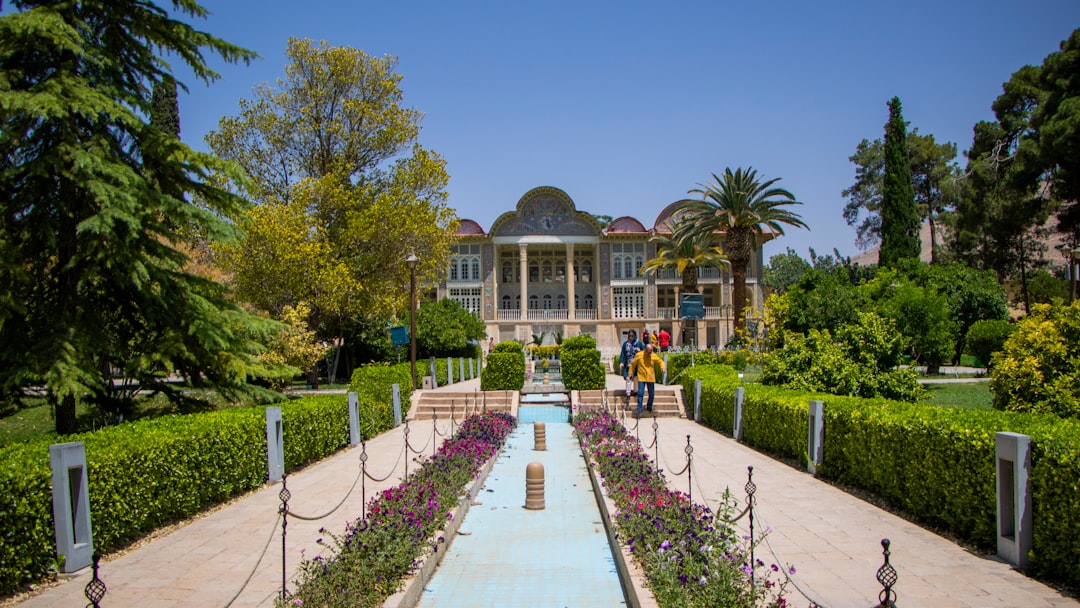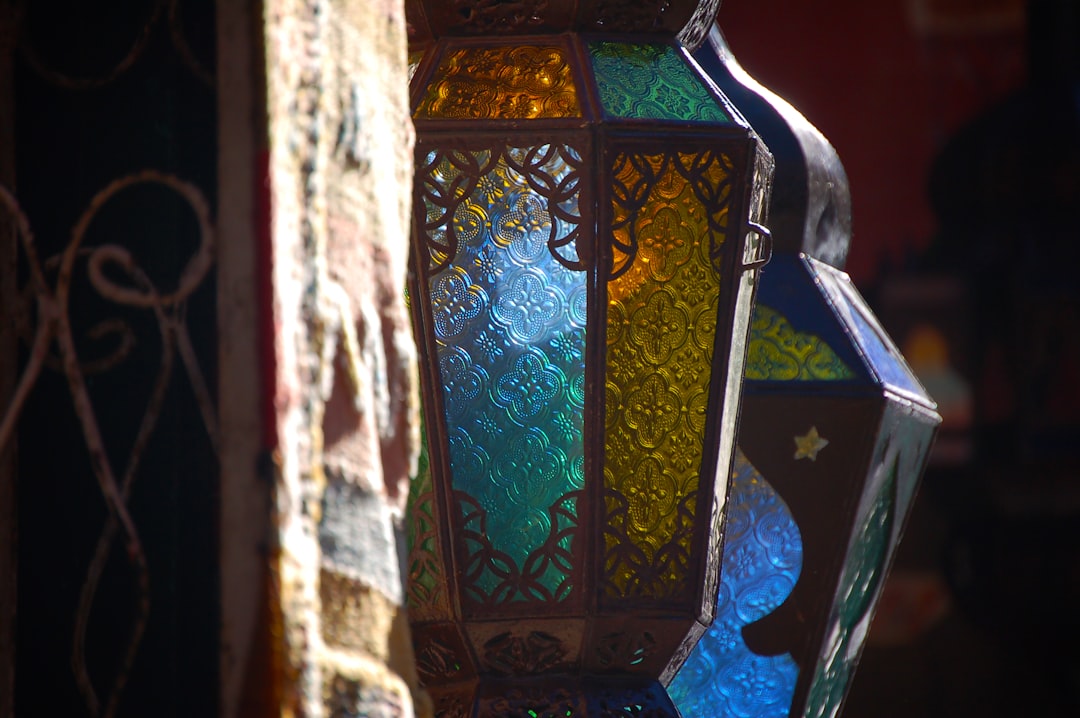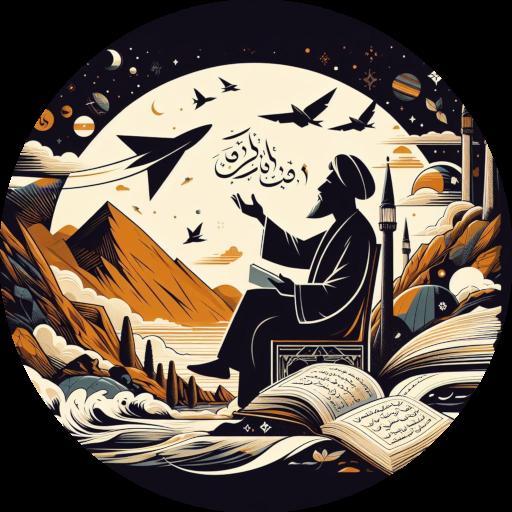Exploring Saadi’s Ghazal: “Vaqt-e Tarab Khosh Yaftam Ān Dilbar-e Tanāz Rā”
وقت طرب خوش یافتم آن دلبر طناز را
ساقی بیار آن جام می، مطرب بزن آن ساز را
I found, at the hour of joy, that coquettish beloved again.
Cupbearer, bring the wine! Musician, strike the strings!
From the very first line, Saadi brings us into the heart of celebration. This is not a poem of longing or loss, nor one of mystical withdrawal. It is a moment of presence, a poetic snapshot where the poet finds his beloved again, and the world becomes a tavern of delight. The call to the sāqī (cupbearer) and motreb (musician) sets the rhythm for a night of pleasure.
In classical Persian poetry, such invitations are never merely hedonistic. The cupbearer and musician represent freedom, companionship, and the soul’s release from restraint. In this ghazal, however, Saadi speaks more as a man than as a mystic. The tone is grounded in the sensory world, in music, beauty, and the intoxication of love.
The Candle of Beauty
امشب که بزم عارفان از شمع رویت روشن است
آهسته تا نبود خبر رندان شاهدباز را
Tonight the gathering of the lovers glows with the candle of your face.
Hush, lest the wine-drinkers and gazers of beauty hear of it!
Here, Saadi turns playful. He imagines a secret feast of “ārefān”, lovers or knowers, who are illuminated not by wax and flame, but by the radiance of the beloved’s face.
Yet the poet fears discovery by “rendān-e shāhed-bāz”, the libertine aesthetes who chase beauty everywhere. It’s a humorous jab at those who love not the soul but the surface. Saadi’s love, even when worldly, carries a subtle refinement. His gatherings are quiet, private, almost sacred, though laughter and music fill the air.
The Eyes Tell
دوش ای پسر میخوردهای چشمت گواهی میدهد
باری حریفی جو که او مستور دارد راز را
Boy, last night you drank, your eyes give witness!
Find a companion who can keep your secret.
A note of mischief enters. Saadi teases his companion, a young lover whose eyes reveal the intoxication he thought hidden. This verse glows with the intimacy of friendship, of shared pleasure and gentle reprimand.
The moral undertone is subtle: even joy requires discretion. To love and to revel are human, but wisdom lies in silence. The ideal friend, Saadi reminds us, is not one who shares your wine, but one who guards your secret.
The Pleasures of Sight and Sound
روی خوش و آواز خوش دارند هر یک لذتی
بنگر که لذت چون بود محبوب خوشآواز را
A lovely face, a beautiful voice, each has its own delight.
Imagine then the joy of one who has both!
In this radiant couplet, Saadi brings art and beauty together. He sees the human form as a harmony, the face as light, the voice as melody. To meet someone who embodies both is to experience perfection in human form.
This is where Saadi diverges from purely mystical poets like Rumi or Attar. He finds holiness in the immediate, in the song of a voice, the curve of a cheek, the play of laughter. The human beloved becomes a mirror of divine grace, but not by abstraction, by being vividly, irresistibly real.
The Archer of Beauty
چشمان ترک و ابروان جان را به ناوک میزنند
یا رب که دادهست این کمان آن ترک تیرانداز را !؟
Those Turk-like eyes and brows shoot arrows into the soul.
O Lord, who gave such a bow to that archer?
The metaphor of the Turkish archer, a symbol of beauty, precision, and danger, appears frequently in Persian poetry. Here, Saadi marvels at the irresistible power of the beloved’s eyes, which “shoot” at the hearts of lovers.
The tone, however, is not tragic. The wound is sweet. The poet almost thanks fate for the pain. Love here is not a calamity but a proof of life, the wound that sings of joy.
The Secret of Love in the Reed’s Song
شور غم عشقش چنین حیف است پنهان داشتن
در گوش نی رمزی بگو تا برکشد آواز را
The passion of love’s sorrow should not be hidden!
Whisper the secret to the reed, that it may lift its voice.
This verse bridges the sensual and the spiritual. The “reed”, nay, recalls the opening lines of Rumi’s Masnavi, where the reed-flute cries from separation. Saadi’s reed, however, is not weeping but singing.
Love’s sorrow is not meant for concealment; it is music’s very source. The poet becomes both lover and instrument, turning his pain into melody. The fire of desire becomes art, the soul’s confession through sound.
The Beauty Who Shakes Shiraz
شیرازْ پرغوغا شدهست از فتنهی چشم خوشت
ترسم که آشوبِ خوشت برهم زند شیراز را
Shiraz is in uproar from the mischief of your eyes.
I fear your charm may bring the city down!
A burst of humor and pride fills this couplet. Saadi, himself a native of Shiraz, exaggerates playfully: the beloved’s beauty is so powerful that it has thrown the whole city into chaos.
This line also carries a historical undertone. Shiraz, the jewel of Persia, was known for its poets, gardens, and beauties. Saadi’s mention of his hometown adds warmth, a sense of belonging within the storm of love.
The Caged Bird
من مرغکی پربستهام زان در قفس بنشستهام
گر زان که بشکستی قفس بنمودمی پرواز را
I am a small bird, my wings bound, sitting in the cage.
If you would only break it, I would show you how I fly.
Suddenly, the tone softens. Behind the revelry lies longing, the gentle ache of one who loves deeply but feels confined. The “cage” may be social custom, age, or emotional restraint.
Love has given Saadi wings, but he cannot use them without the beloved’s consent. This image, so human and fragile, reminds us that even the most eloquent poet feels helpless before love’s freedom.
The Shrewd Lover
سعدی تو مرغ زیرکی خوبت به دام آوردهام
مشکل به دست آرد کسی مانند تو شهباز را
Saadi, you clever bird, I have caught your beauty in my snare.
Few can ever capture a hawk as rare as you!
In this final verse, Saadi turns the gaze inward. The poet becomes both lover and beloved, hunter and prey. The “hawk” (shahbāz) represents mastery, the sovereign spirit that cannot be easily caught. Yet Saadi admits defeat, smiling at his own entrapment.
Love, he tells us, is the one power that conquers even wisdom. It humbles the proud, softens the learned, and turns the sage into a sighing youth again.
The Dance Between Earth and Heaven
This ghazal is among Saadi’s most graceful celebrations of earthly love. It contains none of the heavy moral reflections found in Gulistan, nor the mystical transcendence of Attar or Rumi. Instead, it shines with the joy of presence, love as lived experience, not allegory.
Here, beauty is sacred precisely because it belongs to the senses. The beloved’s face, voice, and eyes are not distractions from the divine, they are its manifestation in human form.
This is Saadi’s genius: to remind us that divine light and human affection are not opposites. One can honor both, to love a face without forgetting the soul behind it. He celebrates the moments of laughter, the secrecy of affection, and the delicate dance between desire and dignity.
The Tone of Saadi’s Love
Saadi’s love poetry often walks the line between passion and wisdom. He never loses control to emotion; instead, he composes it. His voice is cultured, his metaphors disciplined, yet the fire beneath is unmistakable.
He is neither a mystic lost in ecstasy nor a sensualist seeking indulgence. Rather, he is a human being, fully aware that love is both the sweetness and the test of life.
In this poem, we see him at his most balanced: joyful, witty, tender, and wise.
Conclusion: Love as a Mirror of Humanity
To read this ghazal is to see Saadi as both poet and philosopher. His call to the cupbearer is a call to awaken, to drink from the cup of experience, to sing, to love, to live.
Even in pleasure, he teaches subtle restraint. Even in restraint, he sings of freedom.
The beloved is not a symbol to be explained but a presence to be felt, the living proof that joy and beauty are sacred when embraced with gratitude.
Saadi leaves us, as always, smiling. His wine is not forgetfulness, it is awareness made sweet. His beloved is not unattainable, it is the beauty already glowing in the heart of life.





